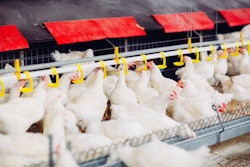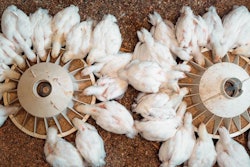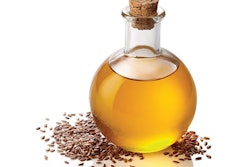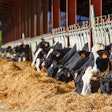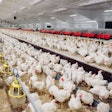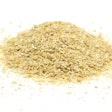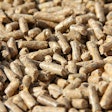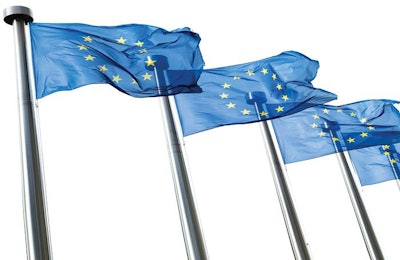
New ingredient brings about many questions
After the bovine spongiform encephalopathy (BSE) outbreak in 2001, the use of animal products that could be contaminated were prohibited from animal (but not pet) feeding. Last year, this ban was removed for several reasons, one of them perhaps being the general deficiency of feed protein for farm animals. Thus, what is now called processed animal protein (PAP) is a new ingredient, and therefore brings about many questions.
In the past, we had terms such as meat meal, meat and bone meal, bone meal, offal meal, poultry byproduct meal, and so on. Today, the EU legislation has grouped all together under the term of processed animal proteins, which in my opinion is confusing as it focuses on protein, ignoring other beneficial components, such as lipids, vitamins (especially of the B complex) and, even more importantly, minerals. Even fish meal is now included under this term, and although technically half correct, in practice fish meal is used in a distinct way compared, say, to meat meal or poultry byproduct. The same can be said about insect meal (the new fad). The point is, every single product has unique characteristics, both positive and negative as is the case with every single raw material. Grouping such an extensive number of raw materials under a single term can become the source of major trouble.
One broiler producer has already asked me to provide a formulation nutrient matrix for PAP. When asked what was in the PAP he was considering buying, there was no further information to be found – just basic legal label declarations. How can a nutritionist formulate any feed without knowing what is being used as raw materials?
Going back to the term, I would appreciate the exchange of the word “protein” with “product.” This is another fad I am observing in our industry, which is now advertised as being a supplier of animal protein. No wonder others want to share our corner of the market by creating alternative proteins. Not every animal product is just protein – even super lean meat contains some fat. In fact, super lean meat contains 80% water and 20% protein (ignoring everything else here). So, we might as well say “animal water” being what we produce, which would be really wrong. I am not against modernizing our message, especially to a public that is increasingly removed from their agriculture background, but we should be careful not set the basis for future problems.
And, to return to the initial question, the product in question was finally disclosed as pork slaughterhouse byproducts, and I was able to provide an inclusion rate for broilers based on existing literature, while asking for some further analysis to find out whether this product matches my book values.

